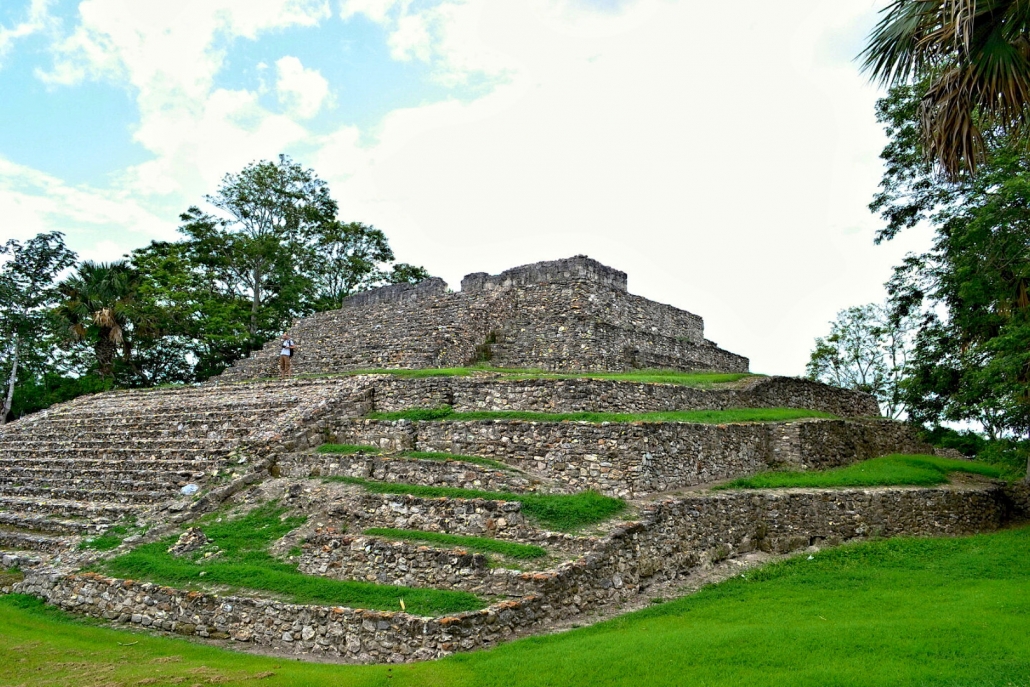As part of the archaeological rescue conducted with the works of the Tren Maya, a funeral offering was found last week, with two vessels used for the burial of a young person.
When showing photographs of the discovery during the weekly balance of advance of the Tren Maya, the general director of the National Institute of Anthropology and History (INAH), Diego Prieto, stressed that it could be an important person, since he had a jade ring as an element outstanding.
He explained that one of the vessels was covered with ceramic plates and funerary offering objects from the El Tigre archaeological zone.
The ritual deposit consisted of two large-format vessels covered with ceramic bowls, as lids. One of them caught the attention of archaeologists because it contained the skeletal remains of a young individual, placed in a flexed position and who was accompanied by a showy and well-preserved jade ring.
Based on the characteristics of the vessels, the deposit can be associated to the Late Classic period (600-800 AD), coinciding with the population and political heyday of El Tigre.
Prieto Hernández indicated that the investigation will continue in the laboratory, where a micro excavation will be carried out, in order to specify anthropophysical data and find out if it had other associated elements, such as seeds or smaller-format ornaments.
In the El Tigre archaeological zone, in Campeche, progress is being made in the exploration of Structure 1, as well as in the investigation and conservation of the Market Square and the Main Square, among other structures, for its opening to national and international tourism.
In this site, the general director of INAH concluded, a visitor service center is also being built, with 5% progress, and signage and visitor infrastructure are optimized.
During the morning press conference at the National Palace, he added that in section 1 of the project, which goes from Palenque, Chiapas, to Escárcega, Campeche, 2,698 buildings such as foundations, stone fences, basements, white roads have been preserved so far.
Prieto Hernández stressed that it is “a very interesting territory, because it involves the Usumacinta Riviera, a place where very important cities of the Mayan civilization flourished.”
About 248 relatively intact items have also been found, many of them ceramic, but also stone objects, metates or figurines of offerings in funerary contexts.
TYT Newsroom



